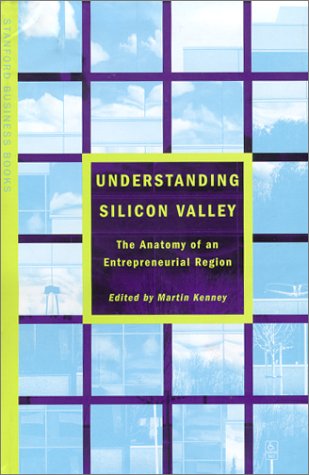Stanford Business Books
1 total work
What has made Silicon Valley so productive of new technologies and new firms? How did its pioneering achievements begin in computer networking, semiconductors, personal computing, and the Internet and what forces have propelled its unprecedented growth? This collection of nine chapters by contributors from varied disciplines business, geography, history, regional planning, and sociology examines the history, development, and entrepreneurial dynamics of Silicon Valley. Part I, History, provides context for the Valley s success by exploring its early industrial roots. It traces the development of the electronics industry in Silicon Valley back to the founding of Federal Telegraph in 1908, and discusses the role of defense spending and the relationship with Stanford University in the region s growth. Part II, Institutions, emphasizes the importance of supporting institutions and practices in helping Valley startups succeed.
Four chapters explore the role of law firms in facilitating the formation of new companies, the evolution of the venture capital industry and its role in funding new firms, the importance of labor mobility, and the significance of close interfirm relationships in the success of Silicon Valley companies.
Four chapters explore the role of law firms in facilitating the formation of new companies, the evolution of the venture capital industry and its role in funding new firms, the importance of labor mobility, and the significance of close interfirm relationships in the success of Silicon Valley companies.
